Have you ever thought, “Should I be calling myself a product designer or a UX designer?”
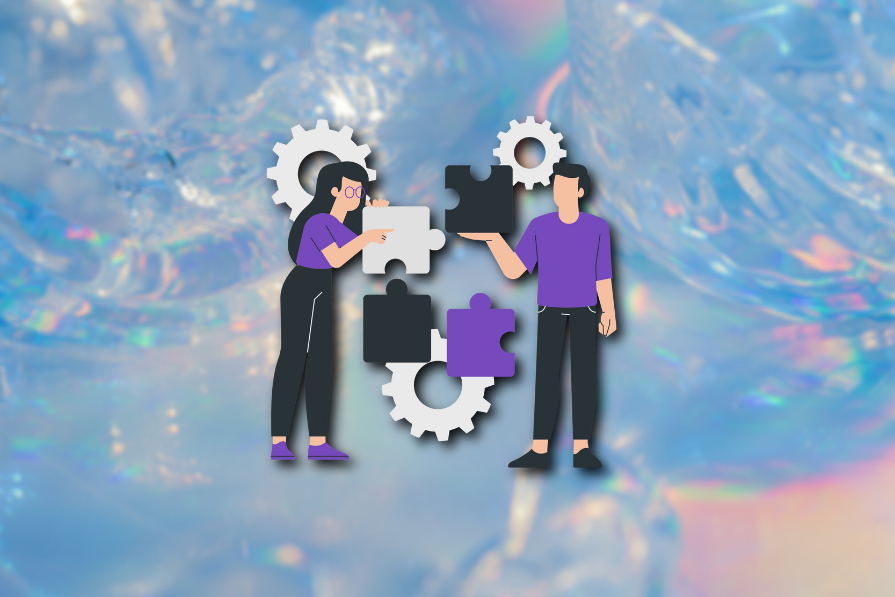
If you have, you’re not alone.
Many people in the UX (user experience) design industry are stuck on the same question. Some think the two job titles can be used interchangeably, while others are adamant that they are different.
But what’s the big deal? Why isn’t it OK to call the jobs by the same title?
Though they do have some overlaps, the general responsibilities of each role are different. Yes, both roles focus on user-centered design. But product designers take a broad, complete view of their product’s entire lifecycle, and UX designers are more specialized in the product’s user experience.
Plus, creating distinctions between the roles helps designers select positions they are more interested in or qualified for when job-hunting. It also helps design and project teams collaborate effectively.
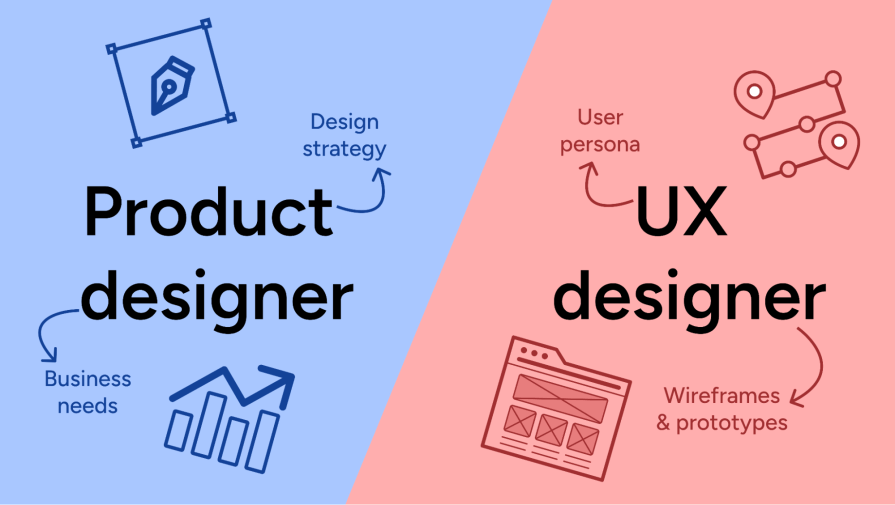
If you’ve been using the wrong term to describe your job, don’t beat yourself up.
To be fair, most companies don’t get it right either — only increasing the confusion. Someone’s actual role may revolve around a product’s holistic strategy, but their job title may still be “UX designer” (when it should be product designer).
Are you still unsure of what your correct job title is? No worries.
Let’s continue to straighten this debate out. In this blog, I’ll review the core responsibilities of product and UX designers, their key skill sets, their typical workflows and deliverables, and then look at how both roles complement each other.
Again, product and UX designers sound like they do the same job, but their day-to-day responsibilities within a design project are quite different.
On the surface level, product designers are involved in a product from start to finish — meaning they’re brought into product meetings for initial brainstorming and remain through the product’s launch. On the other hand, UX designers do more specialized, hands-on work to produce design outputs such as high-fidelity UI (user interface) mockups or user flows.
Either way, both types of designers are critical to product development, but let’s review the core responsibilities of each role to better discern how they participate in a product’s lifecycle.
Other than championing a product from end-to-end, product designers are also expected to carry out the following:
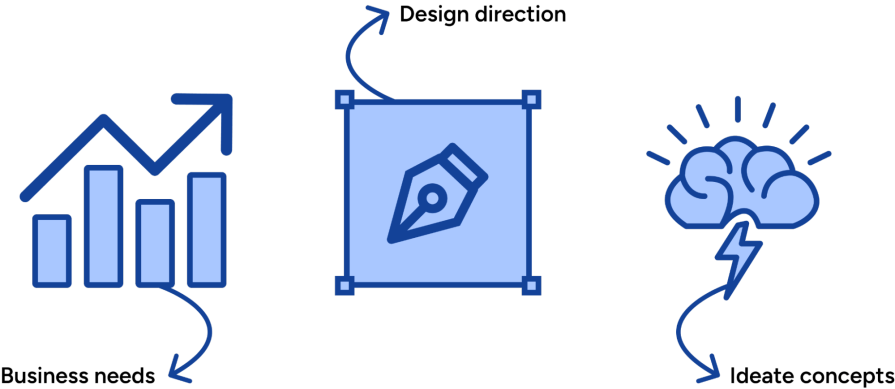
UX designers are less focused on the product’s strategy (unlike product designers) and more focused on the actual design and usability of the product.
Other responsibilities include:
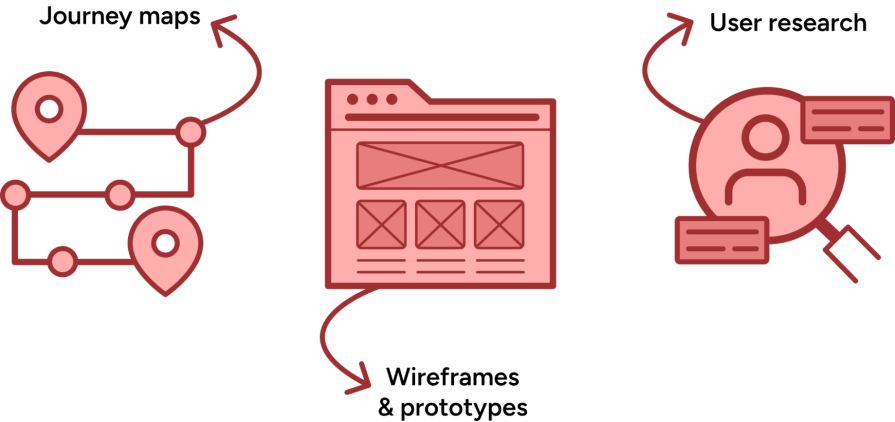
Now that we’ve reviewed the core responsibilities of both product and UX designers, let’s get into their necessary skill sets.
There are some overlaps in must-have skills, but we’ll review each role’s distinct skill:
Product designers are involved with their product at a high level from start to finish and require the following skills to succeed in their role:
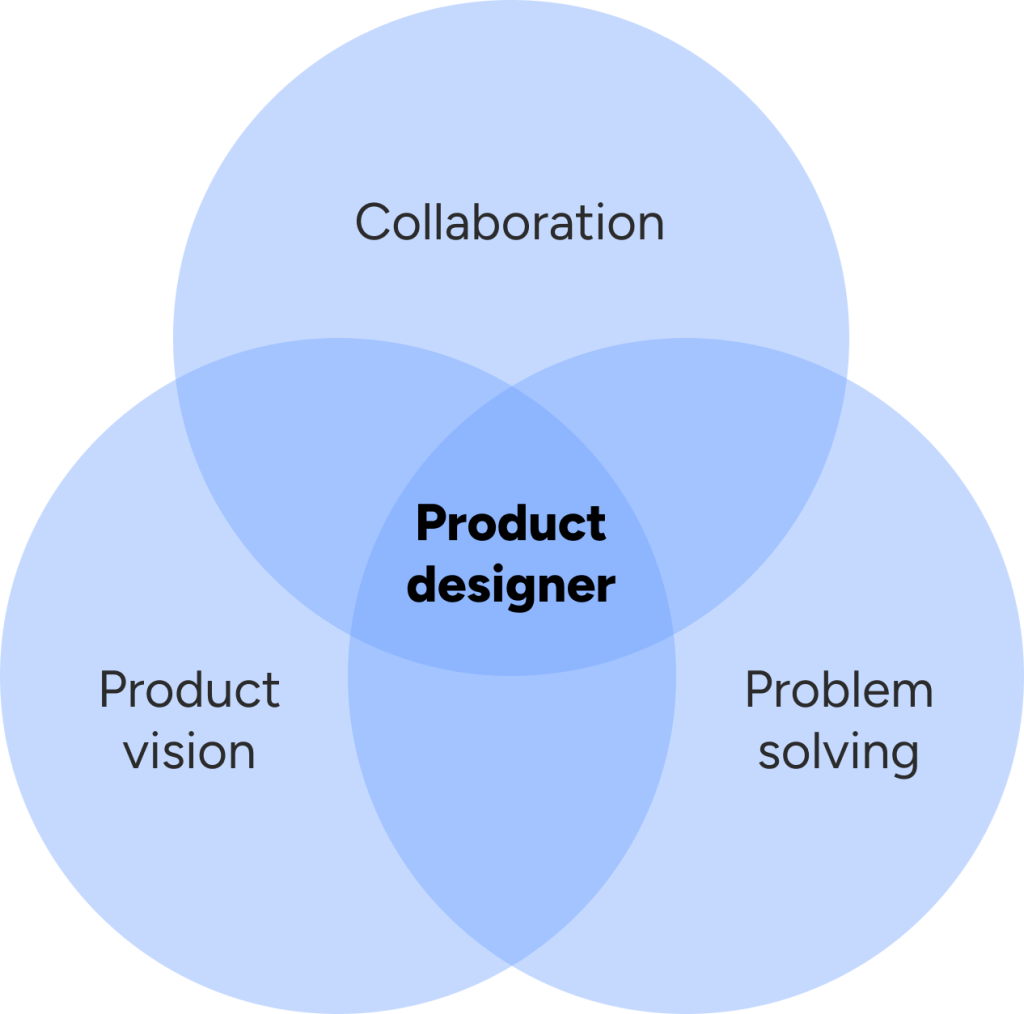
UX designers do the more tactical, hands-on work needed from a product, but also require the following skills to develop an optimal user experience:
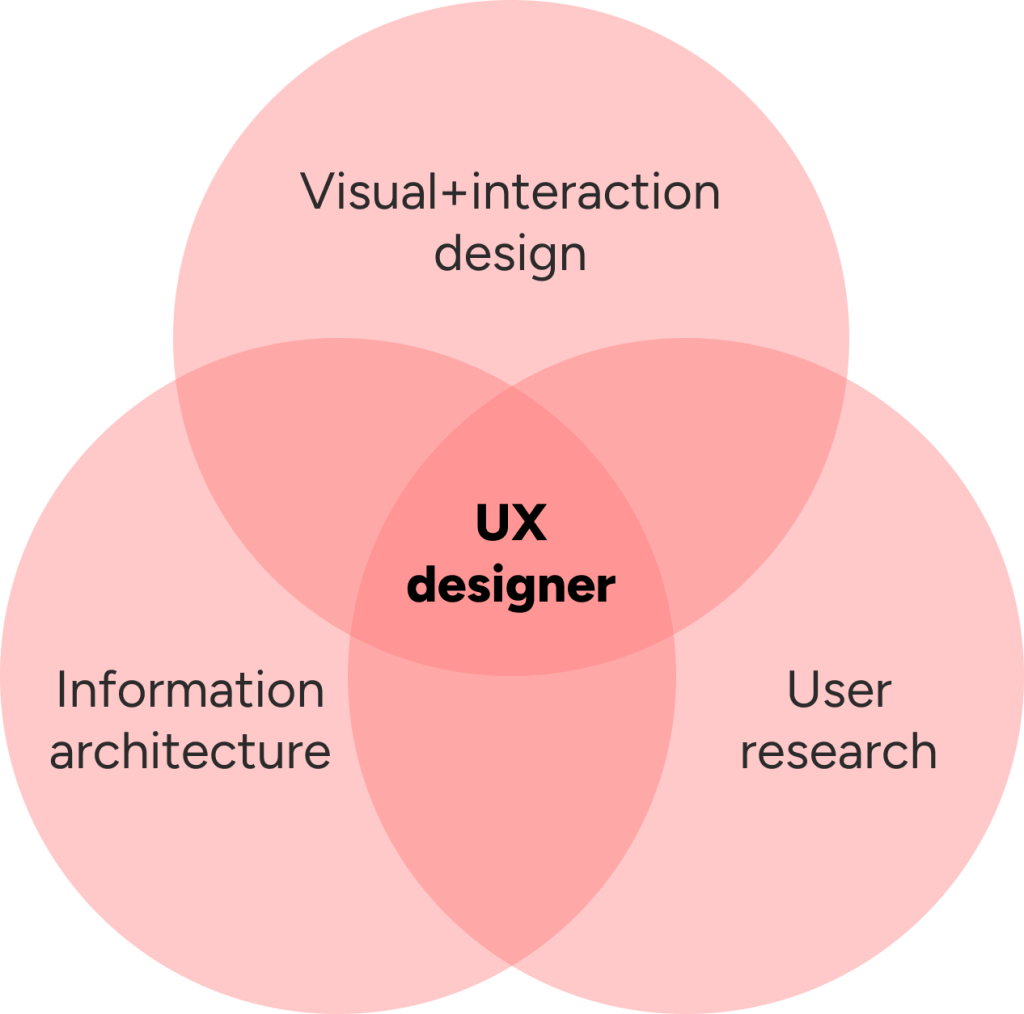
The differences in responsibilities and skills between product and UX designers define their roles and involvement throughout the design process. These distinctions also shape the workflows they follow and the deliverables they produce for the product.
Since product designers are involved throughout a product’s lifecycle, they’re involved in many different workflows that often involve aligning with business stakeholders. They create a strategy and help execute it. This is done through the following (typical) workflow:
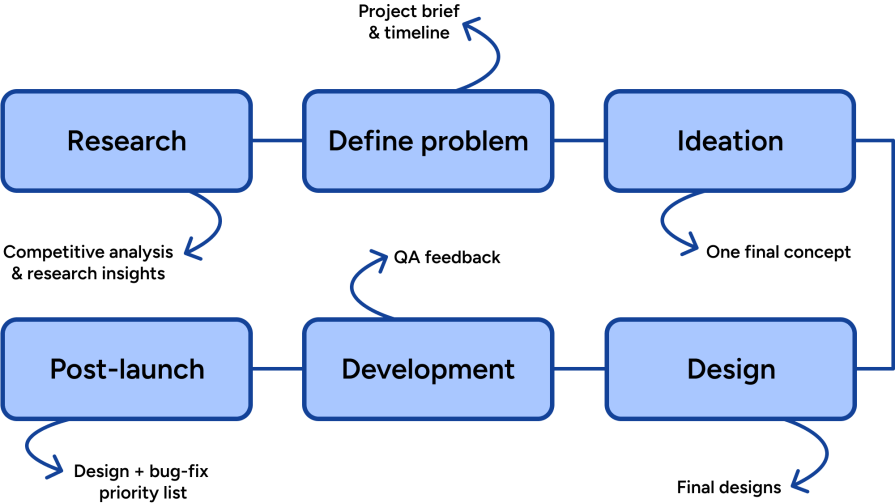
Though UX designers may not be involved at the very start of the product’s lifecycle, they are still brought into the early design stages of the project process.
A UX designer’s (typical) workflow looks like the following:

Hopefully, by now, product designer and UX designer roles will feel distinct, and you know the importance of why they are labeled differently. But these designer roles aren’t siloed — they work together to contribute to the product’s overall design. Yes, there are some overlaps between the roles, but they complement each other rather than compete. They overlap so much that many UX designers convert product designers (sometimes vice versa).
Let’s talk more about how these roles collaborate and why designers transition between the two.
Although product and UX designers have separate responsibilities and workflows, they still collaborate to ensure the product’s user experience, interactions, and visual styling meet user and business expectations.
As product designers contribute their market and business knowledge to the design conversation, UX designers contribute personas, user flows, and tangible design work.
While collaborating, a product designer can give insight or feedback to any deliverable (personas to high-fidelity wireframes) a UX designer is presenting from the perspective of meeting business needs and maintaining UI consistency within the product’s ecosystem. Since product designers are highly informed on the complete strategy of the product, their feedback and reviews are critical to helping the UX designer create successful and enhanced user experiences.
After understanding the user and feature requirements, a UX designer creates designs to help bring a piece of the product strategy to life. Typically, they work in a design tool like Figma, and product designers and other stakeholders can natively review their work and leave comments for revisions.
When product teams are stuck between different ideas, product and UX designers can collaborate to conduct user testing to uncover the best approach.
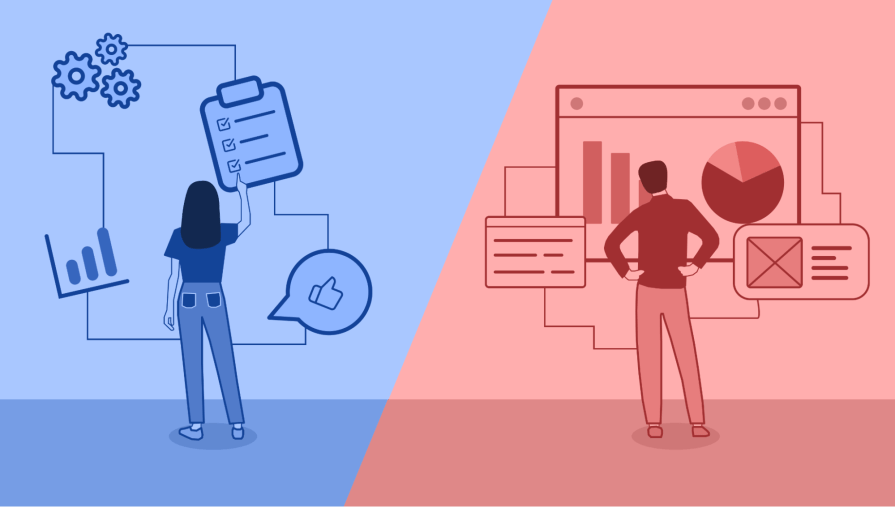
Though we’ve reviewed the distinctions between product and UX designers, they also have many similarities (why there’s confusion between them!). As designers grow in one role, whether it be product or UX design, they may find other roles more suitable for them.
For instance, a UX designer who has been in their role for three or more years may want to transition to a product designer role because they want to be more involved in product strategy and meeting business objectives. On the other hand, a well-versed product designer may want to swap to a UX designer role because they want to be less involved with business stakeholders and do hands-on design work.
Regardless, both roles require user-centered design thinking, creative problem-solving, and collaboration. If you have those three traits, you’re well-equipped for either role. However, the type of responsibilities and workflows you want to have in your day-to-day life dictate which role truly fits your career goals and self-fulfillment from your job.
I get it. The job titles of “product designer” and “UX designer” seem very similar, and many people (even companies) use them interchangeably. But they represent different jobs with distinct responsibilities, skill sets, workflows, and deliverables.
Product designers see a product through from start to finish. They create the big-picture strategy for a product that meets both the user and business needs. On the other hand, UX designers carry out hands-on work to produce tangible designs that stakeholders (including product designers) can use for further iteration and optimization.
The general responsibilities are different for each role, as are the skill sets needed.
Product designers need a strong sense of collaboration, product vision, and problem-solving to align all cross-functional teams to the same product goals.
But UX designers require solid skills in visual and interaction design, information architecture, and user research to create aesthetically pleasing, understandable, and simple designs.
The types of workflows they handle and the deliverables they produce distinguish product and UX designers. Product designers focus more on the product’s early development and post-launch efforts, while UX designers specialize in the design and refinement stages. Not only that, product designers produce deliverables such as competitive analyses, project briefs, and QA feedback, while UX designers produce user personas, low to high-fidelity designs, and results from usability tests.
Though product and UX designers are different from each other, they do overlap in their complementary skills. They collaborate by leveraging their strengths in discussions to guide the product’s designs toward meeting user and business goals. And since most product and UX designers have similar skill sets, it’s not uncommon to see designers transitioning between roles to find which workflow they enjoy more.
So, which role do you identify with more?
Which role do you want your design career to progress in?
These questions help you evaluate your responsibilities and decide which design role suits you best. If you’re torn, remember both product and UX designers share the same goal — creating user-friendly products.
LogRocket's Galileo AI watches sessions and understands user feedback for you, automating the most time-intensive parts of your job and giving you more time to focus on great design.
See how design choices, interactions, and issues affect your users — get a demo of LogRocket today.

Small actions can have large consequences in complex systems. Here’s how UX designers can manage dependencies so users feel informed and in control rather than blocked or blindsided.

This article examines when hero sections are necessary in digital products, when they create friction, and how to evaluate them using UX goals, primary actions, user flow impact, and real-world alternatives.

AI speeds up tasks like research synthesis, ideation, and first-draft wireframes, but it can’t replace clarity, taste, or decision-making. Here’s a grounded look at what AI actually does well in UX right now.

Discover how to craft UX-friendly hero sections with examples, design tips, and strategies that drive engagement and conversion.